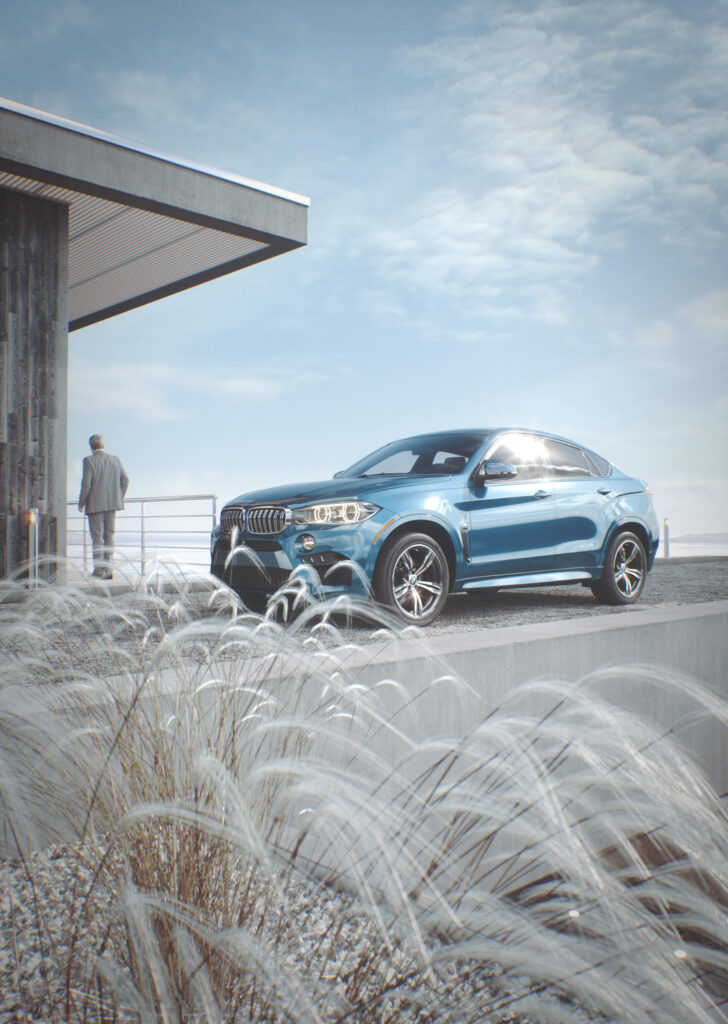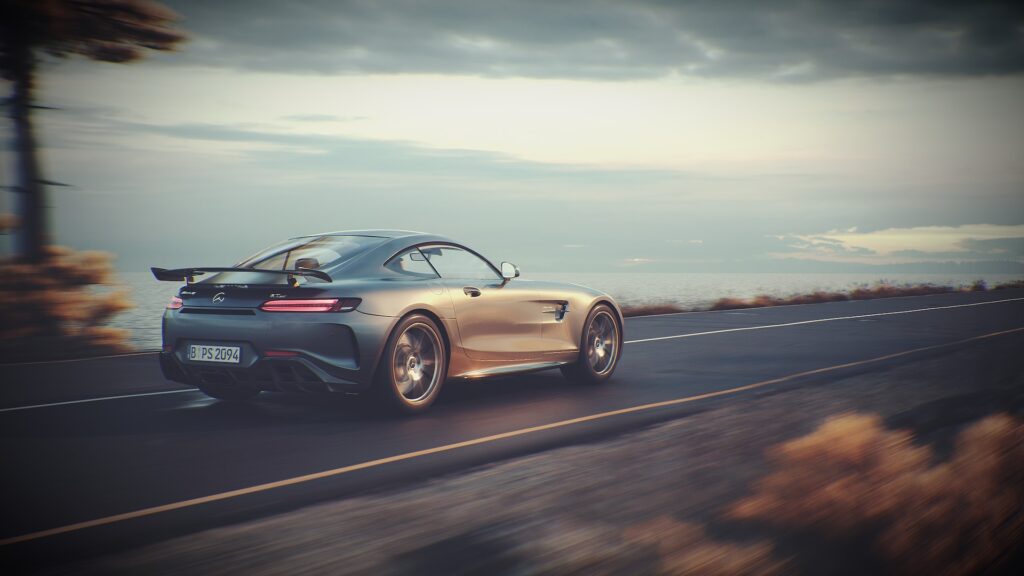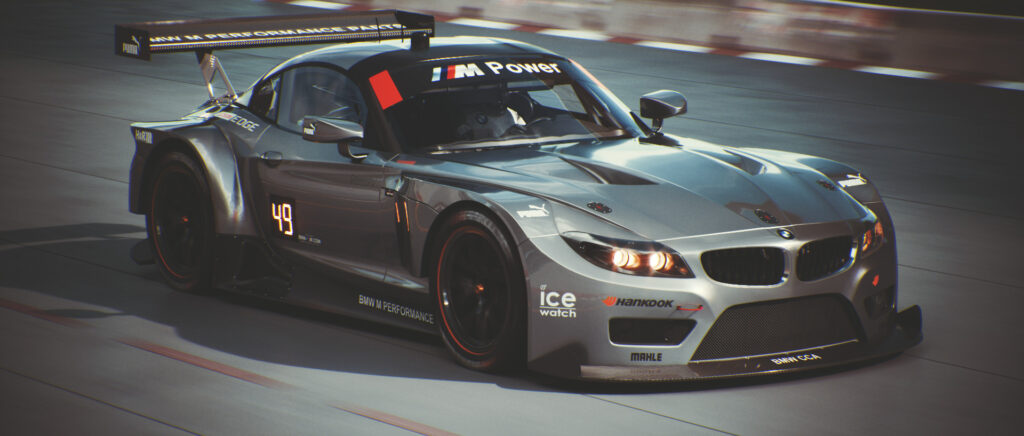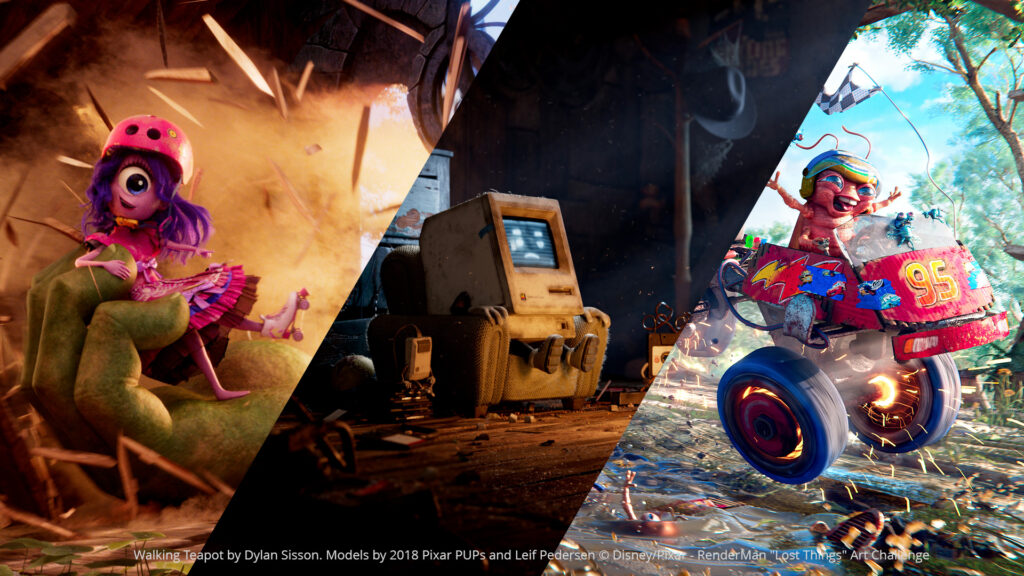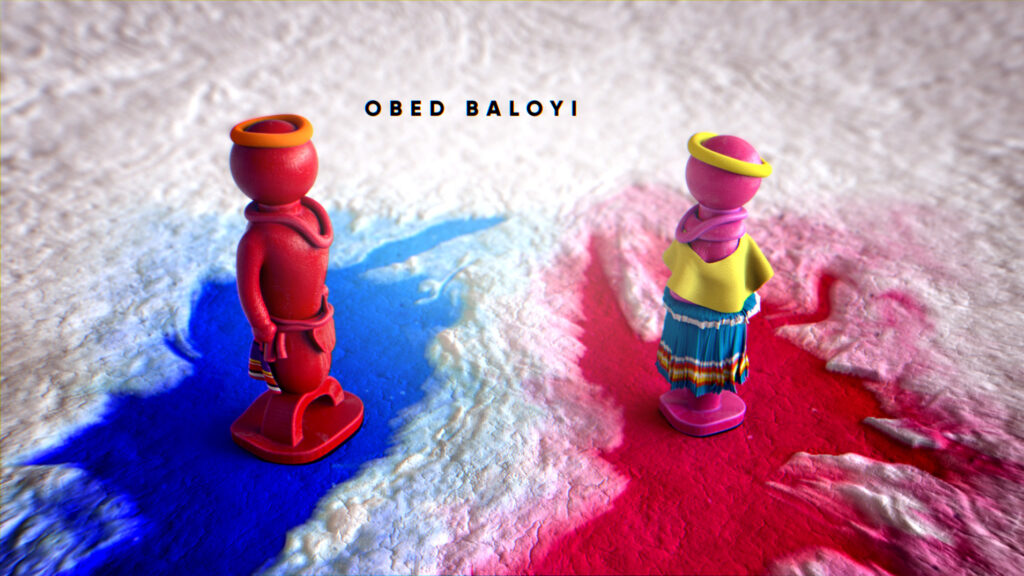Expert’s words: Paul Haase, free-lance artist and technical director


After graduating in 3D Design, Paul Haas worked as a 3D generalist at Effekt-Etage, a multiple Award winning marketing and advertising agency based in Germany. Even though he still likes exploring various themes and fields, he tends to focus on the automotive industry as he now works as a free-lance artist and techical director and position control in the automation sector.
What are the specific constraints of the automotive industry, as far is CG is concerned?
There are not that many, most are those that insist on the nature of road rules. For example, the non-driving over of road markings, environmental and road legal badges are up to date, or seat belts are in use. Otherwise, it is the usual what one also finds in other industries, or what the customer allows or not.
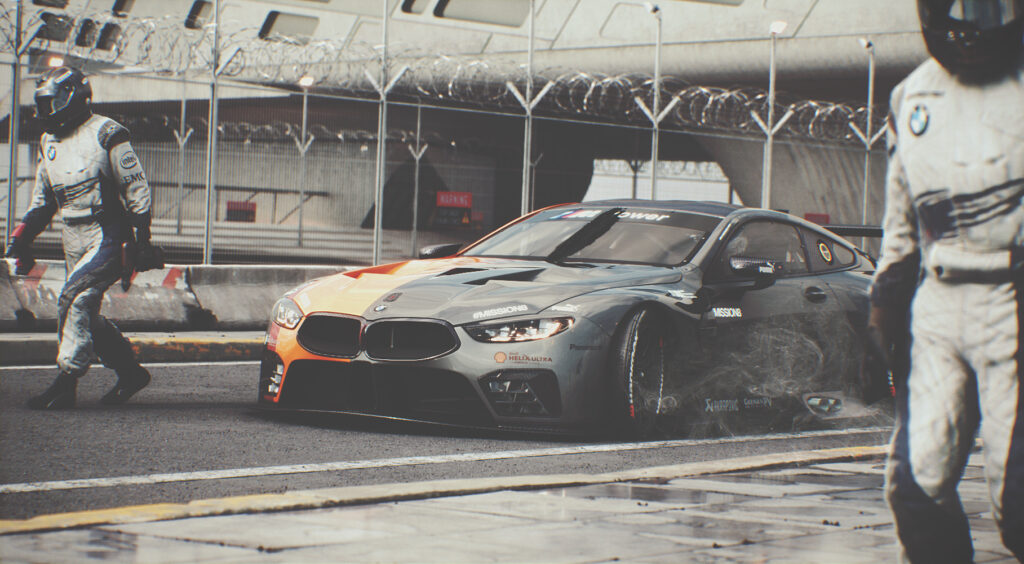
What software and renderer do you use and why did you choose them?
I started using 3ds Max over 15 years ago and still enjoy using it, especially in combination with Maxscript. Between time I have worked with Cinema 4d but that is far too limited in its possibilities and the development goes in the wrong direction for my taste. For post-processing I use only Nuke. The Adobe programs have completely disappeared from my workflow, as these are simply outdated and far too complicated for that they offer and also way too intransparent, not to mention the very limited 32bit workflow. Since the release of FStorm, I basically only use this renderer, it’s just perfect for my workflow, straightforward, offers incredible render performance, and has very ingenious features like GeoPattern and MeshMerge integrated. The development is going very fast and offers possibilities and stability, which I have not seen in any other GPU renderer so far.
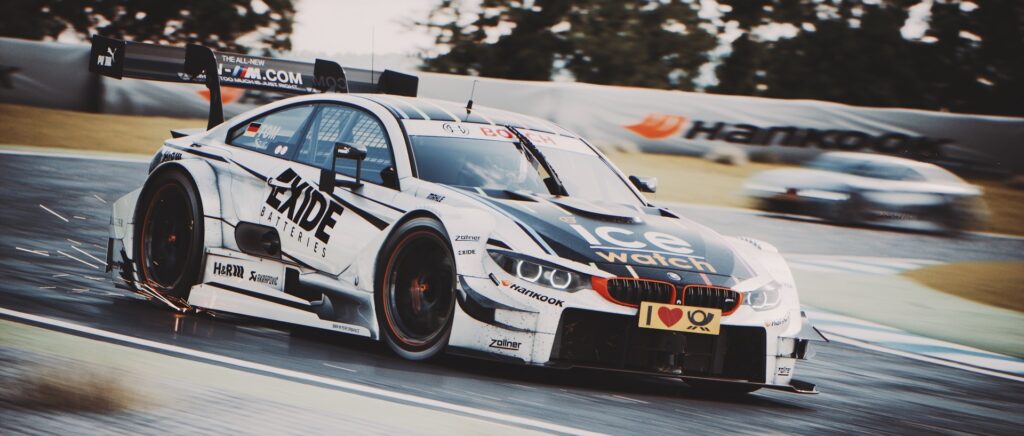
Real-time rendering vs pre-calculated: which is best for the automotive industry and how do you think this will evolve?
I would be very clear, say pre-calculated, the technology is currently developing way too fast in favor of GPU renderers and graphics cards, which, funny enough, do not really show their performance in real-time rendering. For example, a scene that was previously rendered with a Geforce 980ti took about 15 minutes, with a current 2080ti we’re at just 3 minutes per frame, whereas in the real-time computation, the performance gain is much smaller. But the bigger problem is that these models I mentioned before belonged to the high-end products of their time. However, real-time applications typically need to run on a much broader range of devices, from a smartphone or tablet to laptops, to desktops that are an absolute minority. As a result, modern techniques such as realtime raytracing will not be used for a very long time. Especially not in the consumer segment. At the moment, realtime is a very useful way to create car configurators much easier, the quality loss of which will become clear, especially the younger generation will hardly convince that. In my opinion, the workflow for real time has hardly changed in the last 20 years and is still very time-consuming, laborious and slow to this day. There was a step from 128px to 8k textures but at the core you still have a lot of work to do and many hours investing in light baking that it could almost be called as pre-calculated.
